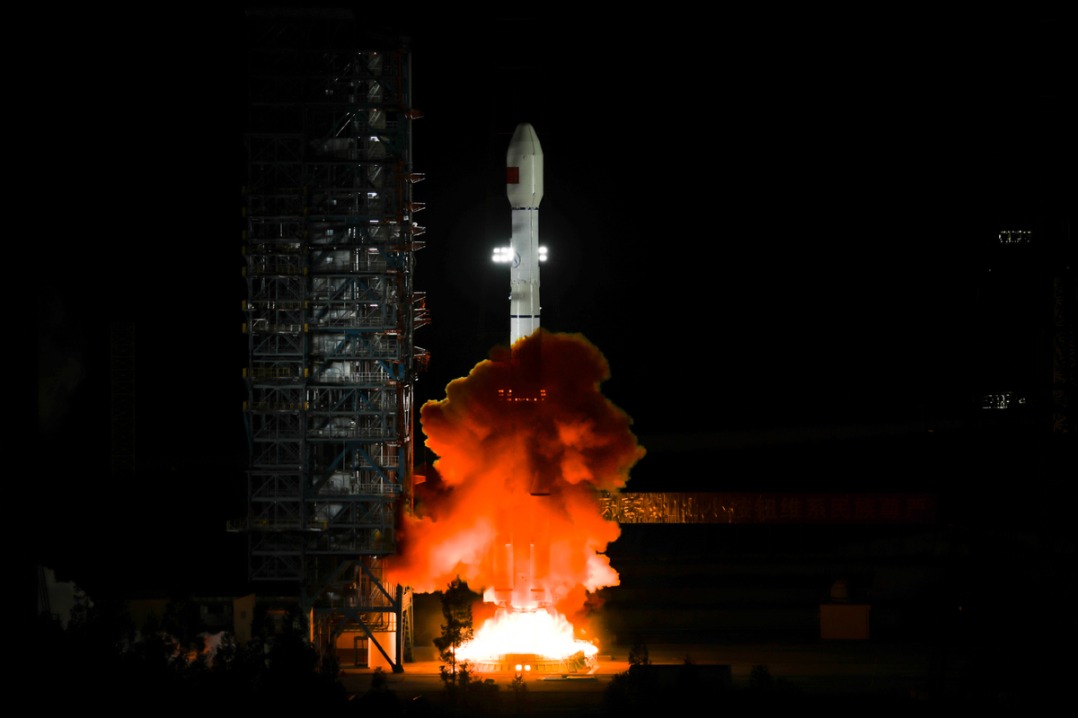More IoT connections, more 'data factors'


According to Internet of Things analytics, the global number of IoT devices is expected to reach 18.8 billion by 2024, registering a 13 percent year-on-year increase. By 2030, this number is projected to grow to 41 billion. As a critical component of the infrastructure enabling the digital, networked, and intelligent transformation of economies and societies, IoT is of significant importance for driving economic growth. McKinsey estimates that by 2030, IoT technologies could contribute $12.6 trillion to the global economy. IoT is clearly going to reshape traditional industries, drive innovation in business models, and advance sustainable, green development. That apart, a new perspective has emerged: IoT can play a crucial role in expanding the supply of high-quality data factors.
In 2019, China became the first country to officially recognize data as a key production factor, laying the groundwork for the theory of data factors. This was followed by a series of policy documents focused on data ownership, market transactions, rights distribution and protection of interests. The goal is to build a national integrated data market and promote the market-oriented allocation of data factors. In October 2023, China established a national data bureau to oversee the development of data infrastructure, integrate data resources and promote data usage. In December 2023, the bureau released its first strategic plan for the next three years, which highlights the unique characteristics of data as a production factor — such as increasing returns and low-cost reusability — and its potential to drive economic growth through a "multiplier effect".
By enabling the real-time collection and transmission of multidimensional data from production, daily life, economic activities, and social governance, IoT serves as the foundational technology for generating data factors. In 2023, the total number of mobile network connections in China reached over 4 billion, with over 2 billion IoT devices connected. These devices are applied across various sectors, including public services, connected vehicles, smart retail, and smart homes, with 799 million, 454 million, 335 million, and 265 million users, respectively. The number of 5G use cases exceeded 94,000, covering 71 of the 97 major sectors of China's economy, with a particular focus on industries such as mining, power, and ports. This data illustrates that, as IoT applications deepen, an increasing volume of data containing valuable information and knowledge is being generated across various contexts. This data is generating a "multiplier effect" through three key mechanisms.
Data can significantly reduce information asymmetry, improve coordination between stakeholders, and optimize resource allocation, enhancing market efficiency. For instance, Shein, a cross-border e-commerce retailer, leverages data to integrate its entire value chain, including research and development, marketing, warehousing, logistics, and after-sales services. This enables seamless coordination between product development, smart recommendations and market demand, dramatically improving the efficiency of new product design and supporting small-batch, high-frequency personalized production. This model allows Shein to react to market changes much faster than established global fast-fashion giants like Zara and H&M. Data also facilitates coordinated transformation across entire industrial supply chains. For example, Haier's COSMOPlat connects over 900,000 upstream and downstream enterprises and serves 160,000 businesses, enabling the creation of 11"lighthouse factories" and promoting a fundamental transformation in production organization.
As IoT technologies integrate deeply with production, daily life, economic activities and social governance, vast amounts of knowledge and expertise are encoded as data. The datafication of knowledge and skills allows for their low-cost, large-scale reuse across different organizations and scenarios. For example, large AI models, through interactions with skilled employees, can "extract" and encode expertise into data, which can then be reused by others to improve overall productivity. By accelerating knowledge spillovers and technology diffusion, the low-cost reuse of data can significantly shorten innovation cycles and drive macroeconomic growth.
When data factors converge with specialized knowledge, they help reveal new patterns, develop new theories, and create new knowledge or technologies. For example, DeepMind's AlphaFold has made groundbreaking advances in the field of protein folding — the physical process by which a polypeptide chain crumples, rotates, and twists into its functional and lowest energy structure, a process crucial for proteins to exert their biological functions — by using statistical analysis of biological data and deep learning.
Data factors, through sharing and circulation, also promote resource sharing and technological integration across industries. Tesla, for example, collects and analyzes vast amounts of driving data, using Full Self-Driving technology and AI developed with Dojo supercomputers, to continuously improve vehicle safety and efficiency.
Viewing the development and application of IoT technologies from the perspective of "data factors" provides a new lens through which to understand the relationship between technological innovation and economic growth. "Connectivity" is the foundational characteristic of IoT technology, while "circulation" is the prerequisite for realizing the multiplier effect of data factors. To fully unlock the value of IoT technologies and maximize the multiplier effect of data factors, closer international cooperation is required in technological research, data governance, and standard-setting.
Currently, China is actively engaging in cross-border digital infrastructure projects, promoting international cooperation on data interoperability, and aligning with global frameworks such as DEPA and the CPTPP. Through high-level international collaboration, China aims to establish a new, open, and mutually beneficial framework for the development of the global digital economy.
The author is a professor and deputy director of the Department of Digital Economy and Virtual Business, School of Economics and Management, University of Chinese Academy of Sciences.
The views don't necessarily reflect those of China Daily.
If you have a specific expertise, or would like to share your thought about our stories, then send us your writings at [email protected], and [email protected].
































